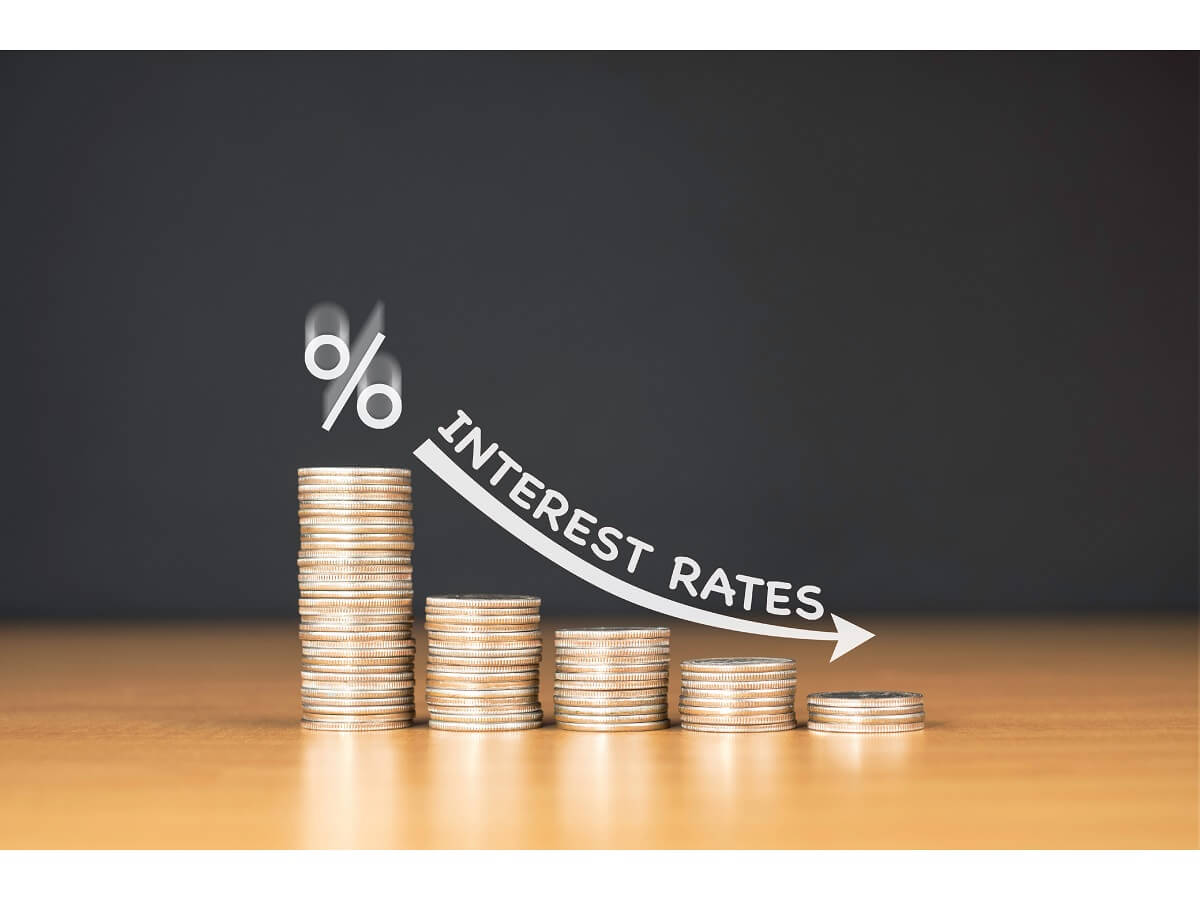When it comes to taking out a loan, one of the most critical factors to consider is the interest rate. The business interest rate determines how much you will pay throughout the loan and affects your monthly instalments. As a business owner, understanding the difference between flat and reducing interest rates is essential in making informed financial decisions. This article will explore these two types of interest rates and help you determine which option is best for your business.
Flat interest rate
Let's start by understanding what a flat interest rate means. With a flat interest rate, the interest is calculated on the entire principal amount throughout the loan tenure. It does not take into account the reduction in the principal amount as you make repayments.
Under this approach, the interest rate and the amount owed remain unchanged throughout the loan term. Even though you make regular payments, the principal amount for calculating interest does not decrease progressively.
To calculate the EMI under a flat interest rate, you can use the following formula:
Interest due to each instalment = (Original loan amount x number of years x annual interest rate) / number of instalments
Now let's look at some of the benefits and drawbacks of choosing a flat interest rate for your business loan:
Benefits of Flat Interest Rate
- Effective planning: Since the EMI remains constant each month, it becomes easier to plan your monthly finances. You don't have to worry about fluctuations in your monthly payment.
- Simple calculation: Calculating your EMI under a flat interest rate is relatively simple. There are online calculators available that can provide you with accurate results in no time.
- Farmer-friendly: Flat rate loans are particularly helpful for farmers who rely on loans to meet their immediate cash flow needs. The simplicity of flat rate calculations makes it easier for farmers to understand and manage their loan repayments.
Disadvantages of Flat Interest Rate
- Misleading repayment period: One of the drawbacks of a flat interest rate is that it may give the illusion of a shorter repayment period. You pay more over time since the interest is calculated on the entire principal amount.
- Limited savings on interest: Compared to reducing rates, flat rates may result in higher overall interest payments. This means that you might not be able to save as much on interest payments by opting for a flat interest rate.
Now let's move on to understanding reducing rates and their benefits:
Reducing Rate of Interest
As the name suggests, a reducing or diminishing balance rate is calculated based on the outstanding loan amount. With each EMI payment, the outstanding loan amount decreases, resulting in reduced interest payable in subsequent months.
To calculate the interest due per instalment under a reducing rate of interest, use the following formula:
Interest Due per Instalment = Interest Rate per Instalment * Loan Amount Remaining
Let's take a look at why choosing a reduced rate of interest may be advantageous for your business:
Benefits of Reducing Rate of Interest
Lower overall interest payment: With reduced rates, you pay less interest over time than flat rates. This can significantly reduce the cost of borrowing for your business.
Shorter repayment period: Since your monthly payments gradually reduce with each instalment, you can repay your loan faster than a flat interest rate loan.
Flexible tenure: Loans with reducing rates often offer more flexibility regarding repayment tenure. This allows you to choose a loan tenure that suits your business's financial capabilities.
Now that we've discussed the benefits and drawbacks of both flat and reducing interest rates, let's compare them side by side:
Differences Between Flat and Reducing Rate of Interest
| Aspect | Flat Interest Rate | Reducing Rate of Interest |
| Calculation method | Interest on the full amount | Interest on the reduced amount |
| Ease of calculation | Relatively easy | Can be calculated using online business EMI calculators |
| Tenure flexibility | Limited | More flexible |
| Monthly EMI | Remains constant | Gradually decreases over time |
Understanding these differences lets you decide which interest rate best suits your business. Consider factors such as your cash flow, repayment capacity, and long-term financial goals when making this decision.
Conclusion
Choosing between a flat or reduced interest rate depends on your financial needs and repayment ability. While a flat interest rate might offer ease of calculation and predictable monthly payments, it may not be as advantageous for long-term savings. On the other hand, a reduced interest rate can lead to lower overall interest payments and shorter repayment periods.
When considering loans for your business, Mahindra Finance offers various options tailored to meet rural and semi-urban entrepreneurs' unique needs. Their range of loan products provides flexible repayment terms and competitive interest rates. Visit their website or contact representatives to explore how Mahindra Finance can support your business growth.
FAQs
Q: How to calculate reducing interest rate?
To calculate the reducing interest rate, use the formula: Interest Due per Instalment = Interest Rate per Instalment * Loan Amount Remaining.
Q: What is the difference between a flat interest rate and a reducing rate of interest?
A flat interest rate is calculated on the full loan amount, while a reducing interest rate is calculated based on the outstanding loan amount after each installment.
Q: How can a loan with reducing interest rates give me greater repayment flexibility?
A loan with a reducing interest rate might have a longer tenure than a fixed interest loan, providing greater repayment flexibility.
Q: Are reducing rates of interest beneficial in the long run?
Yes, reducing interest rates can lead to lower overall interest payments over time, benefiting businesses in the long run.






















































